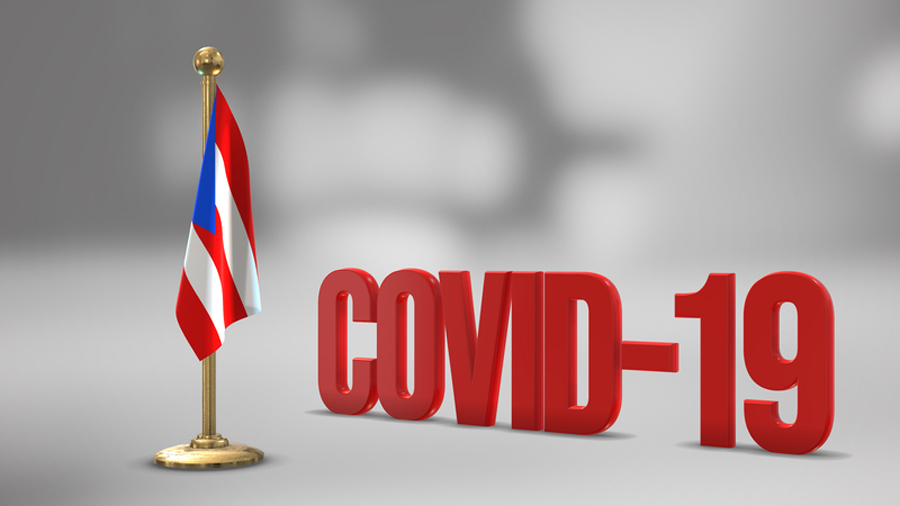Op-Ed: Redefining internal communications in times of COVID-19

COVID-19 has been a powerful experience for most of us in Puerto Rico. After living through a Category-4 hurricane in 2017 and earthquakes earlier this year, we now are in the midst of a pandemic whose economic and social impact has changed the world.
We have been shaken to the core with another unprecedented challenge that will bring a new reality. We don’t know for sure what lies ahead.
In these uncertain times, many eyes are on communications professionals to advise, plan and deliver internal and external communication strategies for industries and organizations.
Back to basics
Most companies and organizations’ internal communications strategies consisted of newsletters, office parties, charitable and awards events, and the birthday roster. It was a tool to promote corporate culture and foster employee belonging into that brand or culture.
While Hurricane María changed that somehow, we were not prepared for a worldwide shutdown of businesses and organizations. In today’s COVID-19 reality, organizations are now dealing with the consequences of irrelevant content and disengaged employees.
Internal communication programs are now critical and need to become a priority to many in this unprecedented time. Strong internal communications programs can make a difference in organizations as they resume operations.
The pandemic is leading CEO’s and managers to realize that organizations can’t grow, thrive and or survive without a knowledgeable, engaged and informed workforce. Internal communication programs are evolving to a new level, where the focus is accelerating decision-making, challenging people’s knowledge, and providing information that leaders, managers and employees rely on to make decisions and launch relevant initiatives.
Working in a virtual environment is opening up avenues of business innovation and management leadership. However, having a remote workforce and working in an isolated environment presents new challenges. It is also causing anxiety, fear and loneliness.
In this unprecedented time, strong internal communications programs can make a difference. This is the time to start thinking of creating a new remote work culture or ecosystem. The new remote ecosystem needs daily rituals that support engagement and provide platforms to exchange information while promoting teamwork despite distance.
According to an article on the Institute for Public Relations “effectiveness is defined as an institution’s ability to operate profitably, functionally, socially, strategically, innovatively and humanely. A management model focused on improving organizational effectiveness must bring together the right mix of communications, leadership and team-building to create an openness and an exchange that is fostered by the right technologies and the right skillset.”
To be effective, management needs to fine-tune listening skills to provide guidance and messages that support two-way communication with their workforce. Sharing the right information with key people will result in the ability to make effective virtual collaborations and the best decisions for the organization.
This is the time for feedback
As public relations practitioners, it is our duty to gather information and articulate priorities and roles to our organization’s leadership. This involves defining the scope of our role in the internal communication strategy and how our function will ultimately help improve organizational effectiveness. At this time, a good internal communications effort should reassure if and how your strategy has changed and what that means to each employee.
It also needs to make sure each part of the organization is capturing and sharing learnings during this extraordinary period and beyond. This can be done by email, survey or open discussion, a virtual town hall meeting, just to name a few. Employees need to share their opinions and concerns. They need to be heard and know their input is valuable.
Transparent communication with your internal public fosters trust and reduces uncertainty. The organization needs to keep the workforce motivated and engaged. Feedback from every corner of the organization is critical. This can reduce blind spots and ensure that your communications aren’t tone-deaf to your employees.
If it has not been done yet, identify who your primary communicator will be. Will it be the CEO? Will it be the human resources vice president? Remember that this person has to have empathy, and great listening and delivery skills. This person will also need to work with your communications staff on developing key message tools and initiatives.

Good internal communication plans that are grounded on these premises can prepare your organization for what’s to come next. They should also nurture your external communication initiatives. Remember for your external communication strategy to work, you need your internal public on board.
Both internal and external communications are important for a business, organization or brand to thrive and grow in uncertain times!










